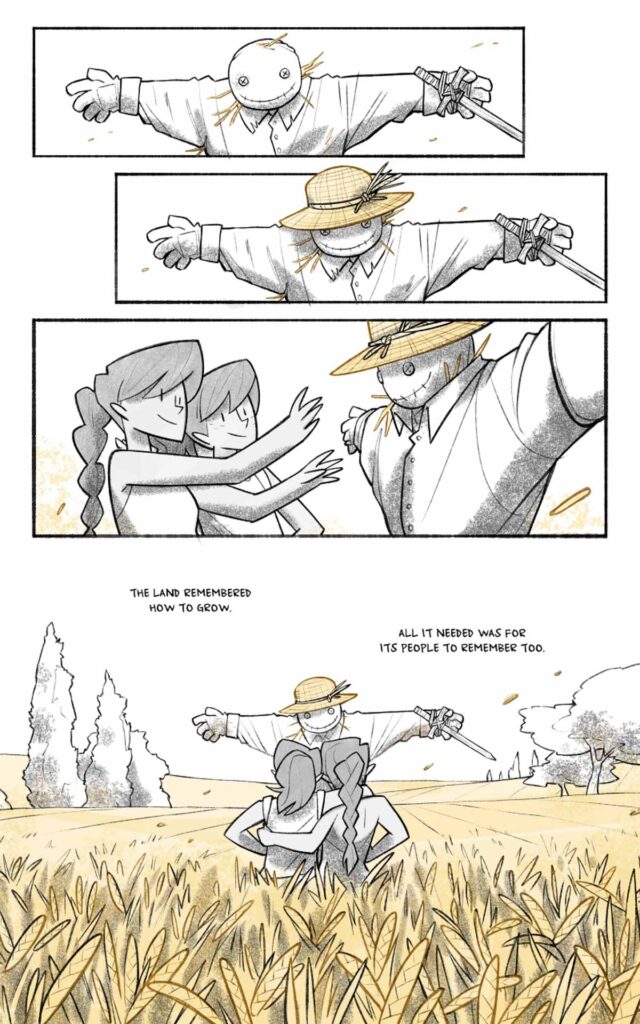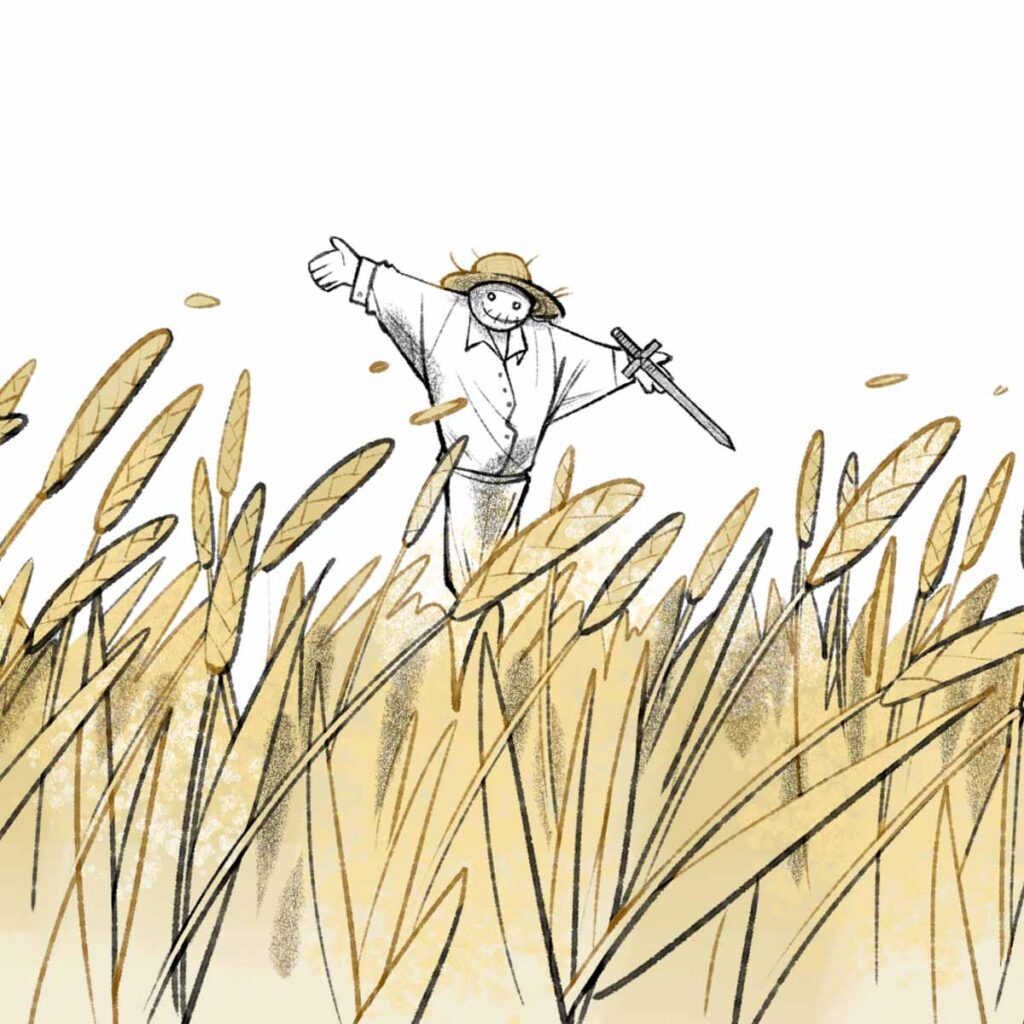“The Wheat Code” was developed by Biodiversa+ and The Nature of Cities, drawing on findings from the BiodivClim research projects. By blending scientific insights with storytelling, the comic offers a creative way to engage with complex environmental issues and reflect on our changing world.
In “The Wheat Code,” Clara wants to feed the world using modern farming techniques after a drought ruined a lot of her previous crops. But her sister Esperanza has another view on this and wants to save the family farm by reviving traditional techniques based on science.
[Click the QR codes for deeper insights.]
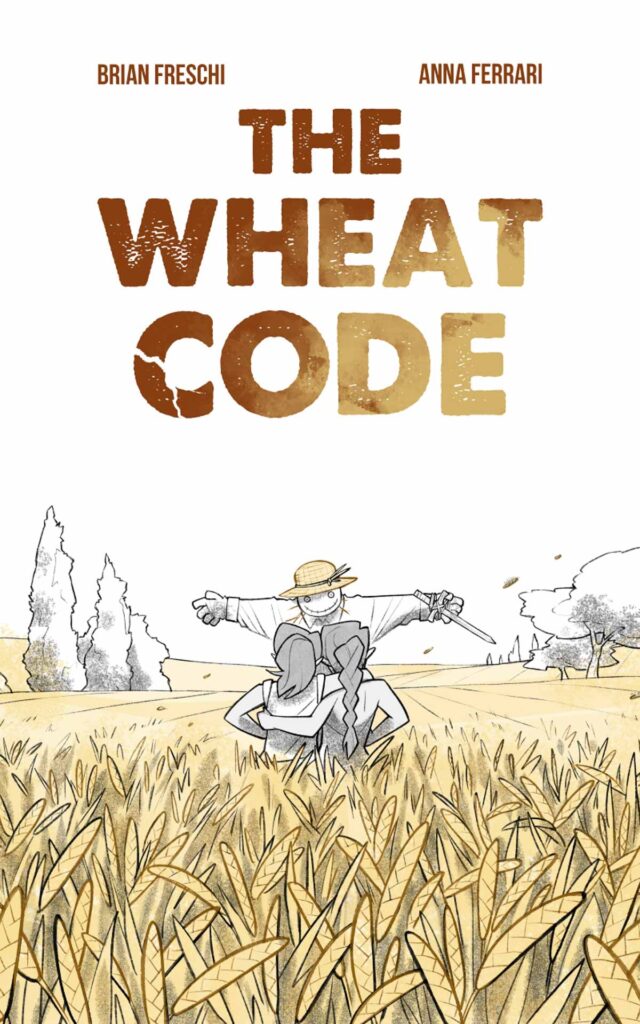
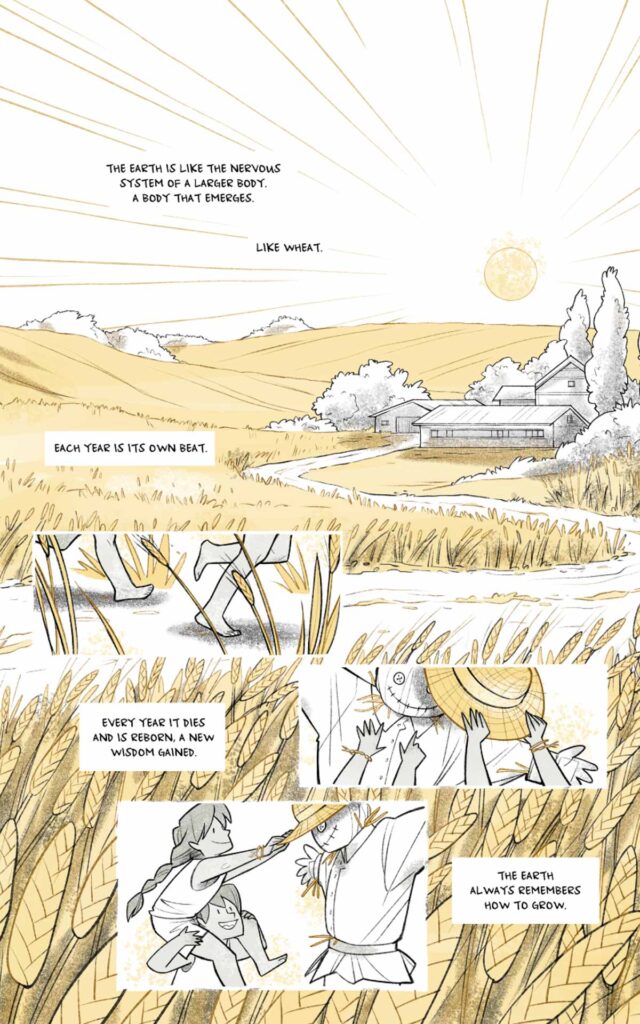

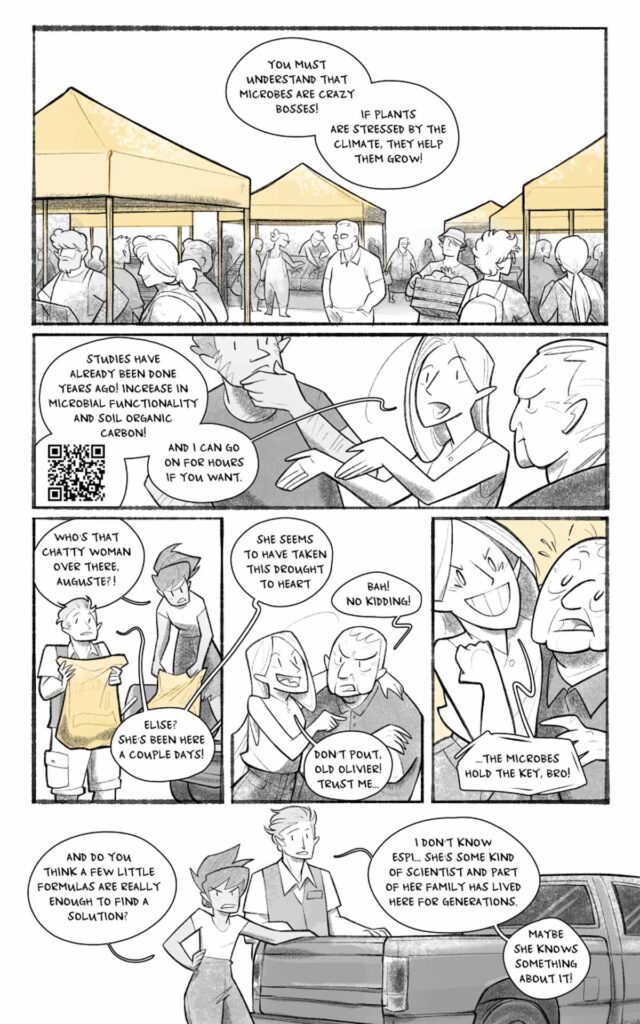
Climate change has large effects on most biomes on Earth. This includes effects on soil microorganisms and their activity, which in turn may affect the release of greenhouse gases and the turnover of nutrients important to plants. Despite their importance, these effects are still poorly understood by the scientific community.
GRADCATCH studies the effects of climate change at regional and global scales on soil microorganisms and their feedbacks on climate.
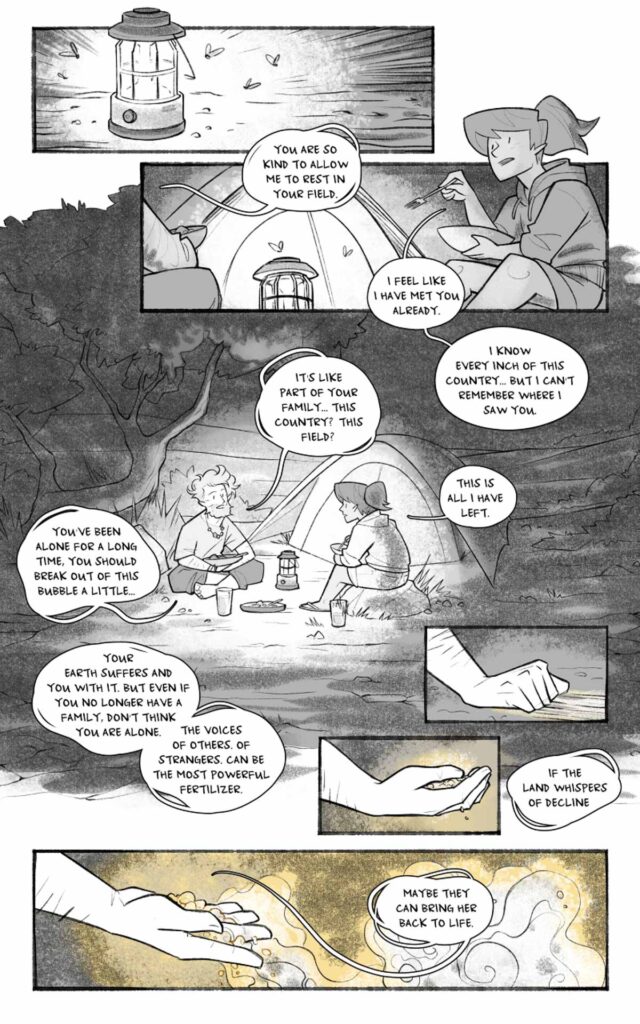
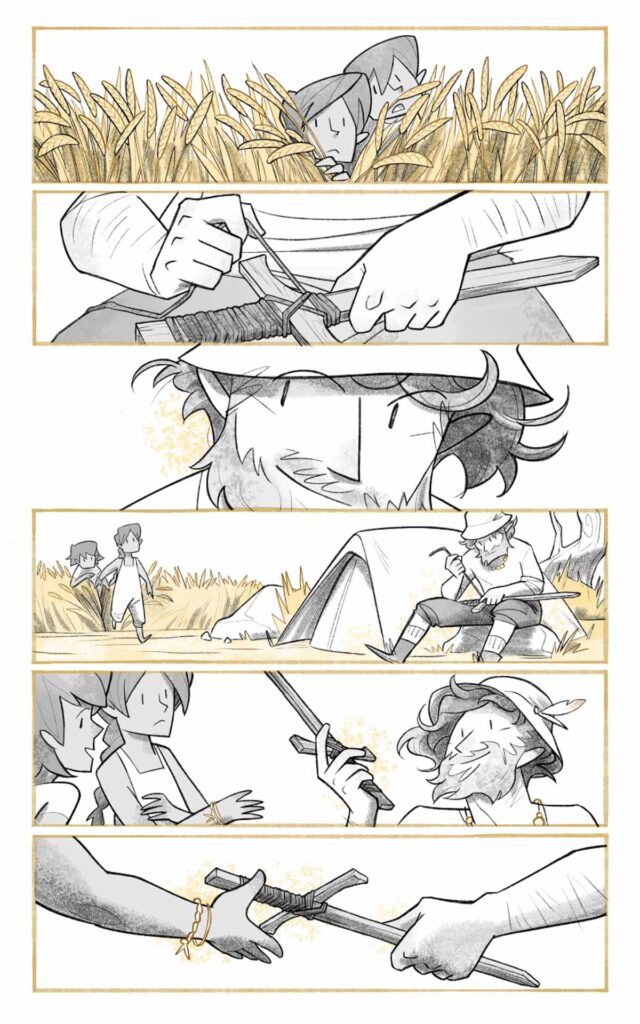
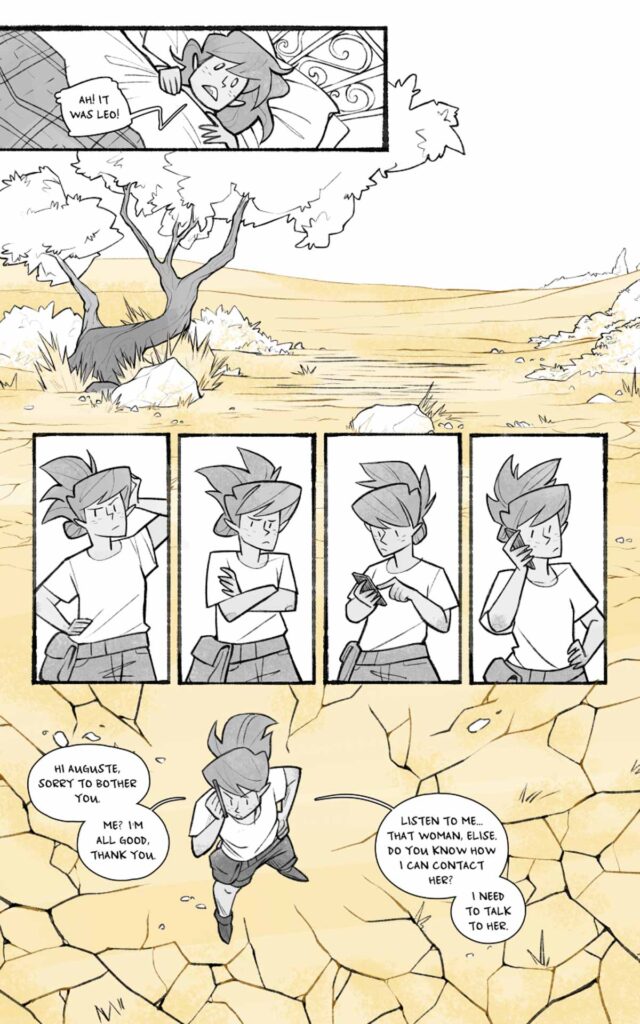

The conversion of natural ecosystems for agricultural land use and mineral extraction is one of the main drivers of global biodiversity loss. At the same time, deforestation and forest degradation in the tropics are the second-largest source of global greenhouse gas (GHG) emissions. Despite the scientific evidence about agriculture and mining as major threats to biodiversity and the global climate, the frontiers of global value chains continue to be expanded into tropical forests, causing deforestation, forest degradation, and biodiversity loss.
The planetary organization of value chains is part of the problem: it intensifies the need for meat and minerals, and increases the distance — and transportation costs — between the locations of extraction and production, and places of processing and final consumption.
EPICC applies a polycentric governance and environmental justice approach to investigate five selected commodity chains (cattle, soy, palm oil, gold, and tin) that ‘feed’ the European market. They map the governance and power links that connect the multiple territories of production and transformation and their plural legal systems with the European regulatory, political, and socio-economic space.

RangeX studies the processes and impacts of plants that are expanding their ranges following climate warming. They aim to disentangle the direct effects of climate and the indirect effects of changes in competitive interactions. This knowledge can be used as a basis for developing a policy regarding range-expanding plant species. They focus on mountain ecosystems as an ideal model system to address our research questions.
Priya Tang, a geneticist who examines DNA from ancient wheat grains, searches for traits that could make wheat more resilient to modern climate extremes and uses this information to help create ideal conditions for the wheat field.
Climate factors such as temperature and precipitation vary tremendously over continental scales, strongly structuring biomes along latitudinal gradients. Many species, however, have continental distributions and are assumed to be adapted to cope with their local climate, either genetically or plastically. While such adaptive capacities are central to their resilience to climatic changes, few studies have explored the underlying mechanisms in terms of genetics and ecological traits.
The PlantCline project aims to obtain a mechanistic understanding of the interrelationships among a selection of genes, expression of phenotypic traits, and real-life fitness.
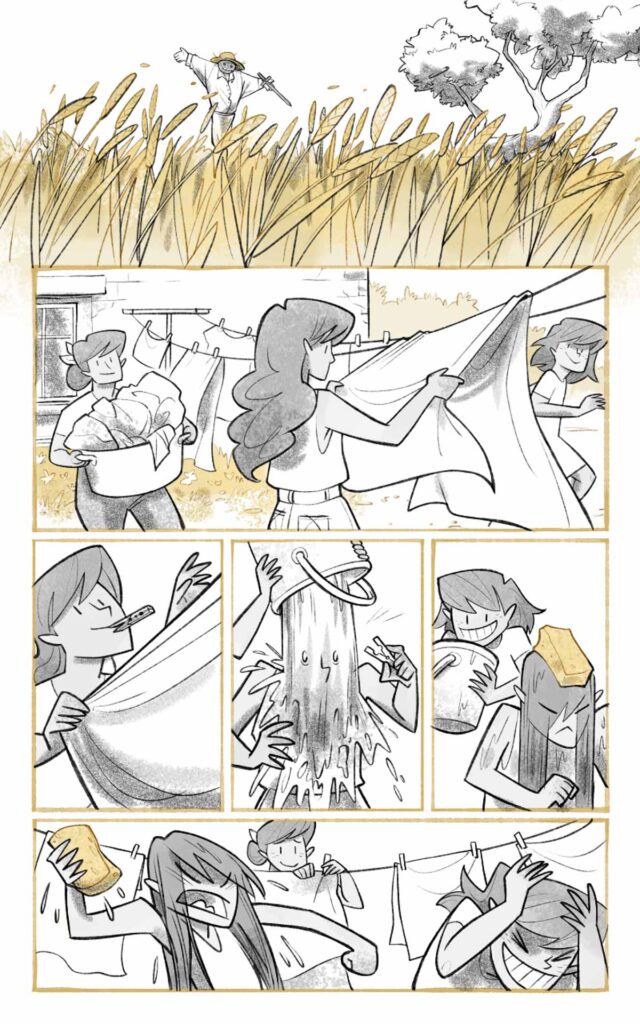
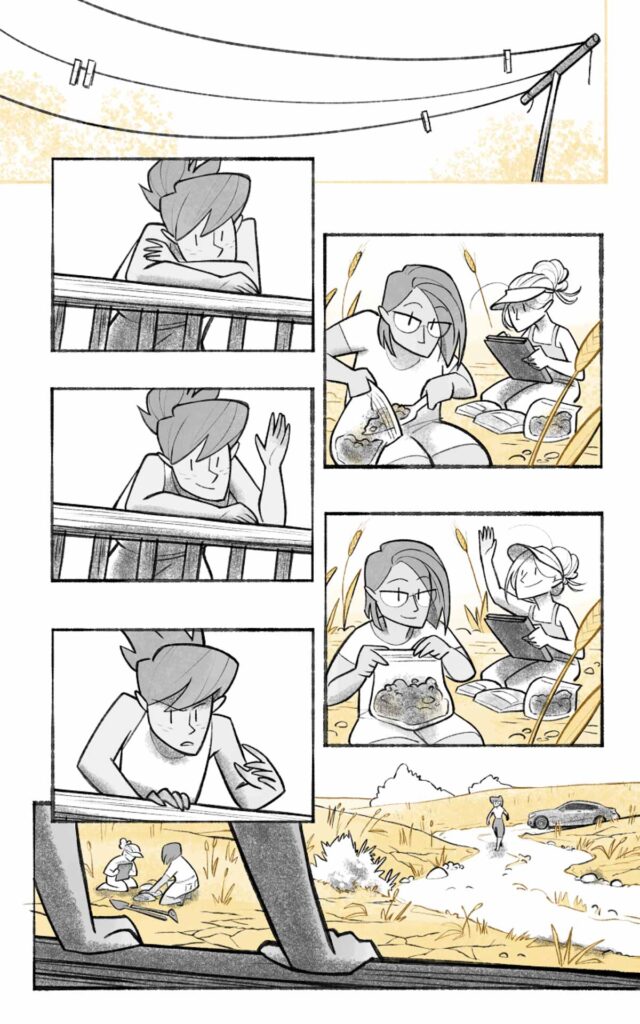
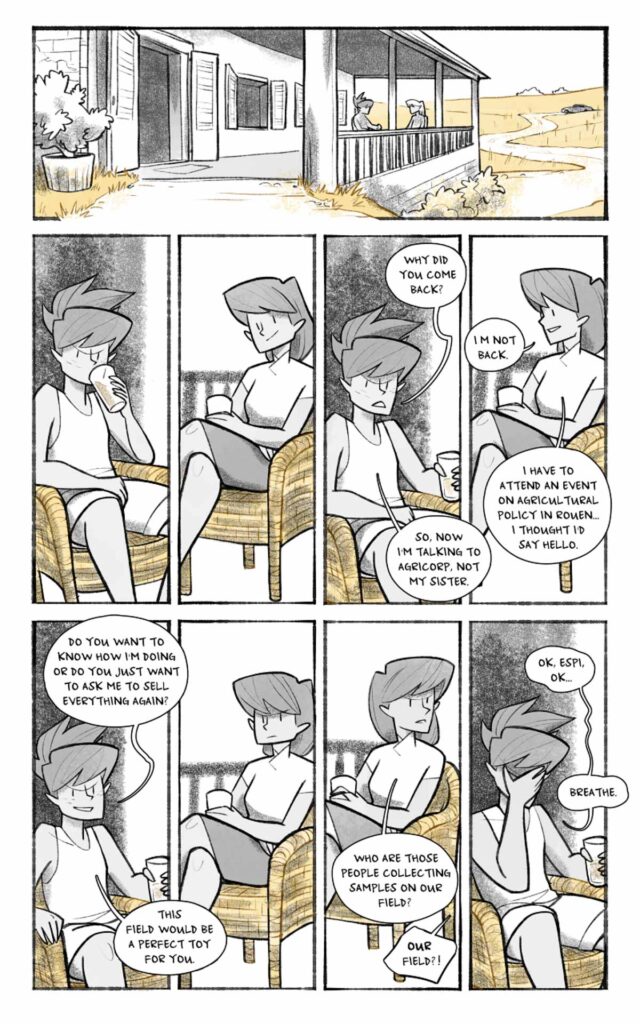
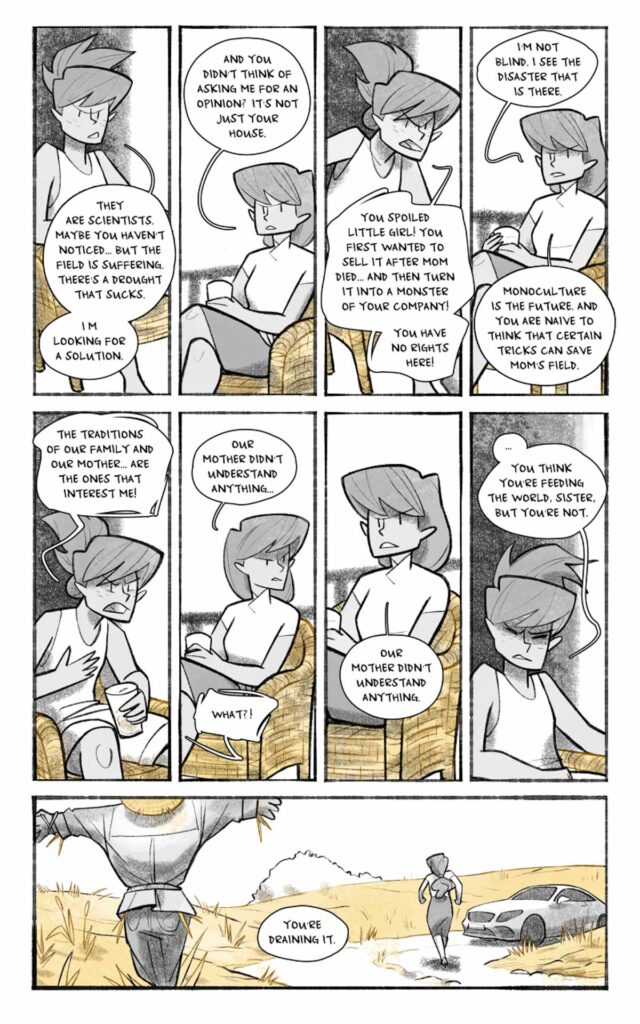
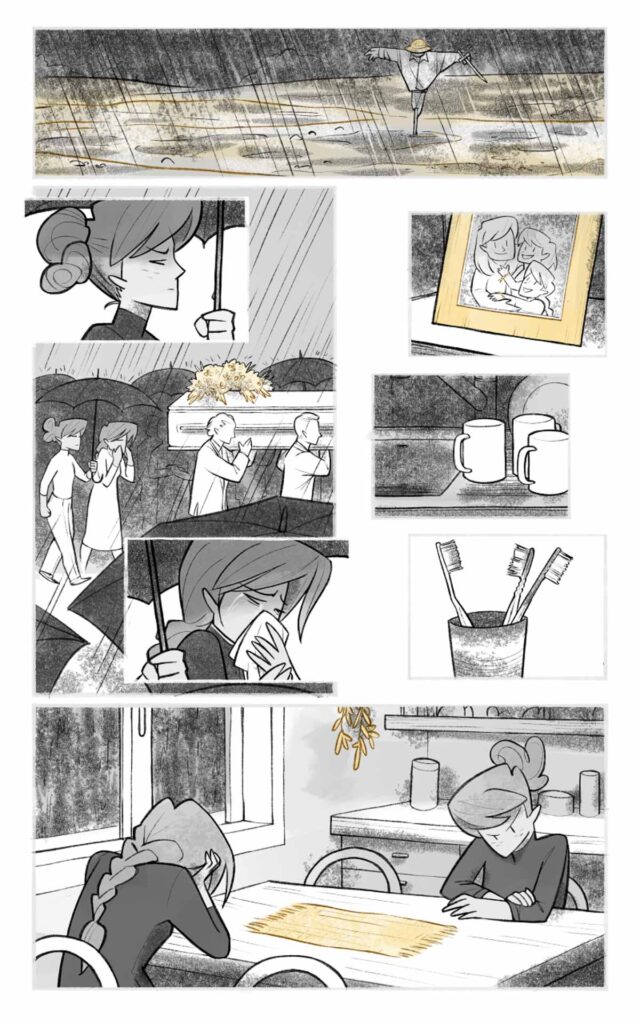

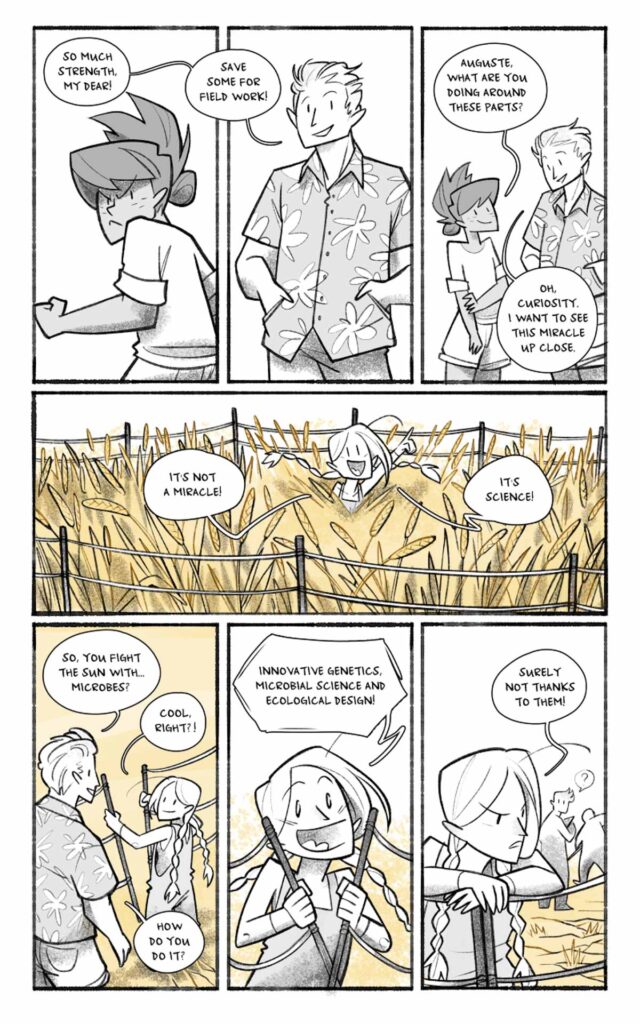
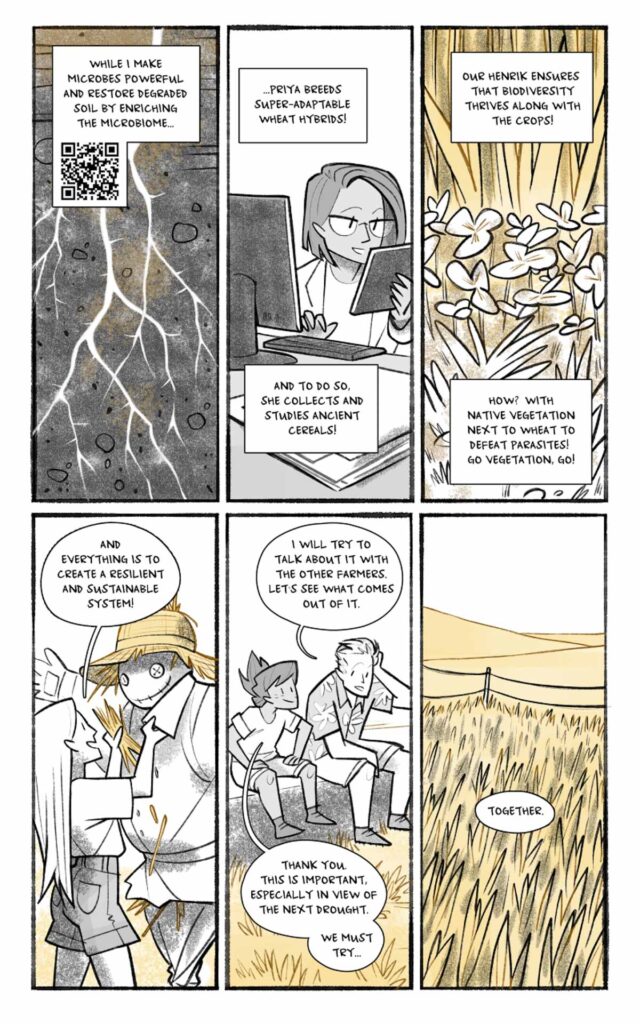
Climate change exerts substantial pressure on Earth’s biodiversity and the multitude of ecosystem services it provides. This is particularly problematic for agroecosystems, where the accelerated pace of climate change combined with unsustainable land use directly threatens global food production. Political actions such as the Sustainable Development Goals and the Aichi Biodiversity Targets that aim at quantifying and mitigating the impact of climate change and unsustainable management on biodiversity are not on track to be achieved in the near future. The extent to which climate change affects the microbiome of the plant-soil nexus is unclear and remains underrepresented in ongoing debates about climate change, global biodiversity loss, and conservation policy.
MICROSERVICES aims to understand and predict the impact of climate change on the crop-associated microbiome and its ecosystem functions in European wheat cropping systems.

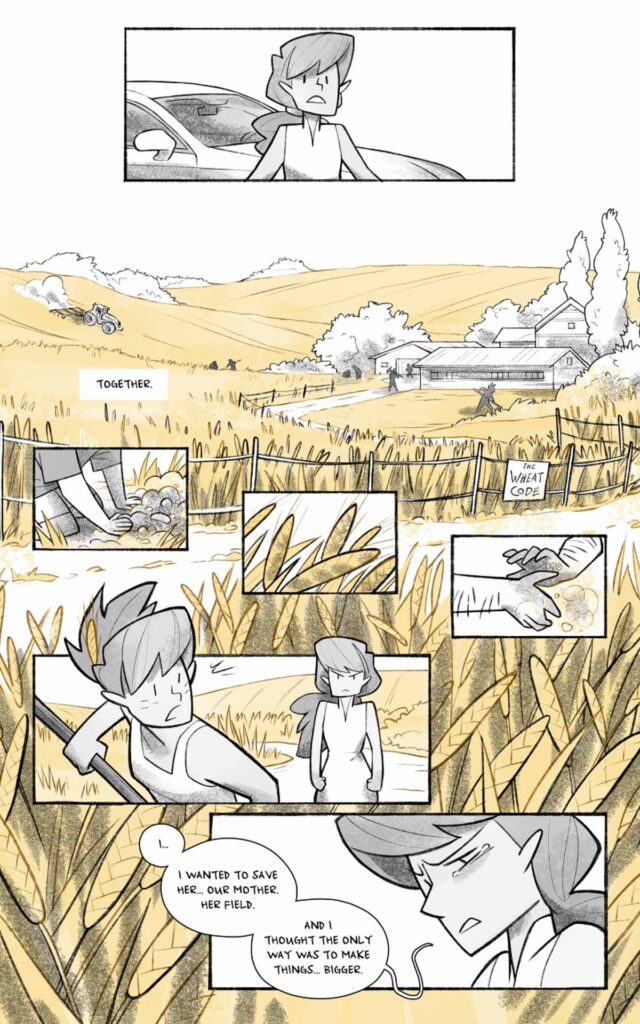
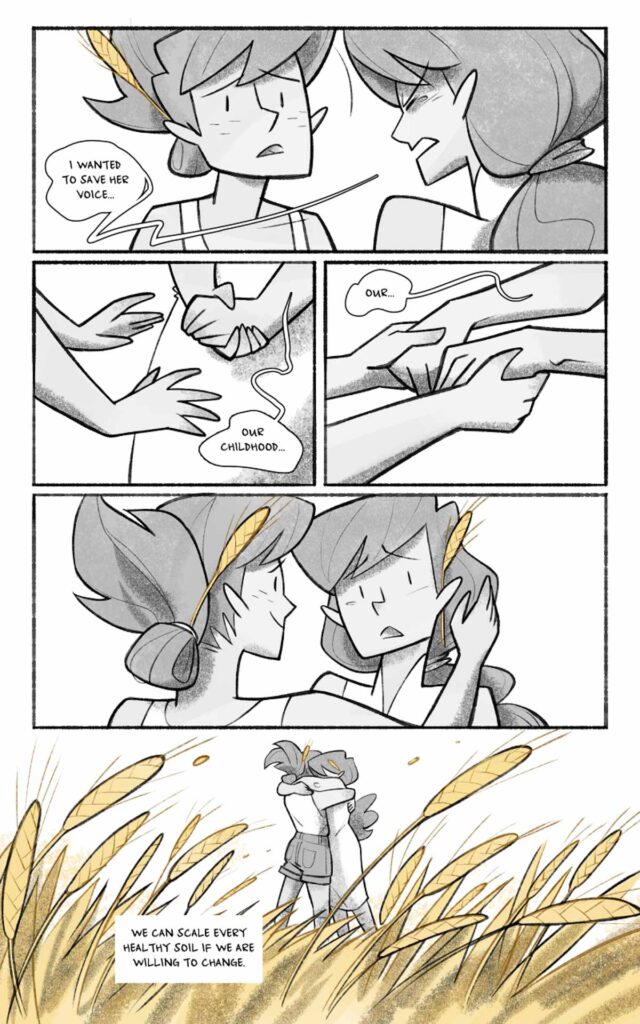
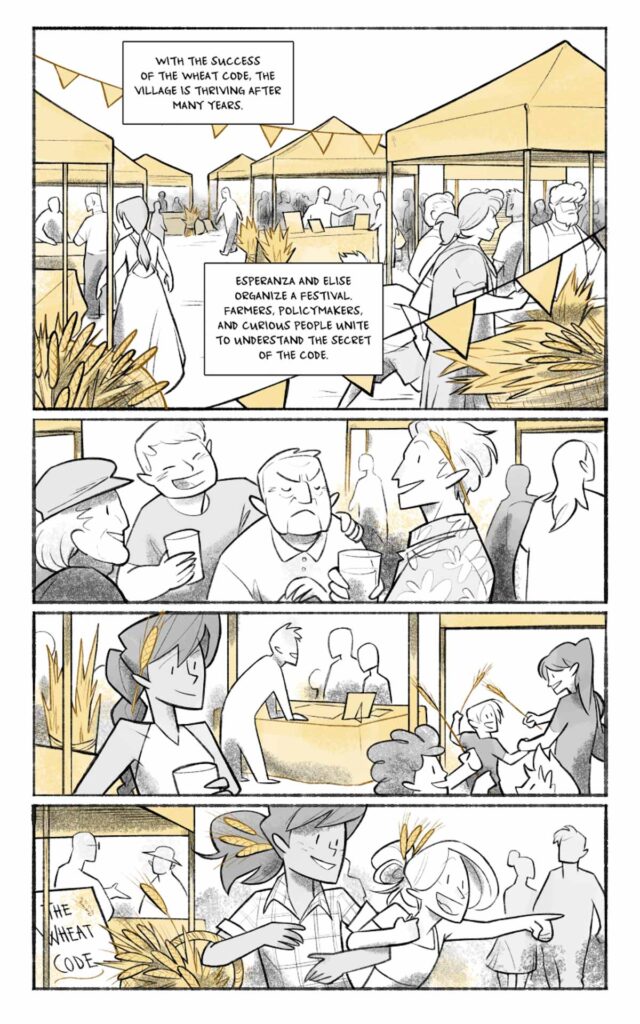
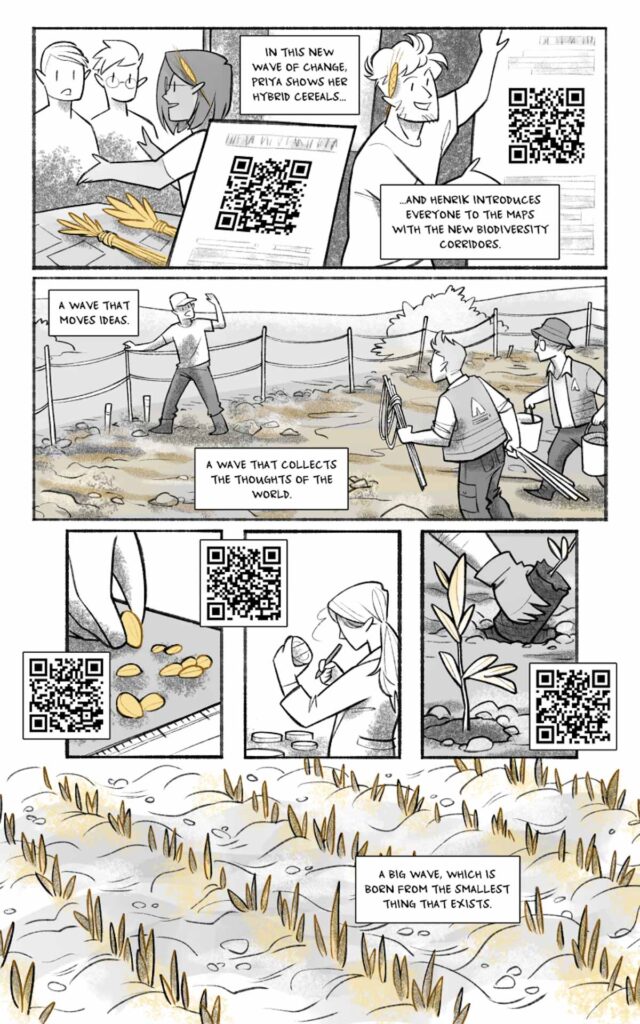
Agriculture of the 21st century must guarantee food security and bioenergy supply for a growing global population exposed to climate change and the degradation of natural resources. Presently, annual crops, which includes almost all grains, cover most of the global croplands and are grown largely under intense management with high inputs of agrochemicals. Due to this, these systems contribute substantially to climate change, environmental degradation, and biodiversity loss. Frequent soil tillage and lack of vegetation cover for long periods are associated with extensive soil erosion, soil carbon loss, and nutrient leaching, especially nitrogen.
To mitigate the ecological and economic constraints of annual crop production, we need modern agroecological science and plant breeding to develop environmentally sustainable and simultaneously high-yielding agroecosystems. Whereas agricultural biotechnology is widely considered the key component of global food security in the future innovative agroecological schemes toward sustainable agroecosystems, potentially integrating novel crops, are hitherto neglected. A concept gaining increasing attention in the area of sustainable agroecosystems is the reversed shift from predominant annual to perennial grain crop production. This agroecosystem shift would maintain high yield while maintaining ecosystem services, functions, and biodiversity.
NAPERDIV aims to establish the base for novel field management guidelines and techniques for identifying best-case scenarios for perennial grain crop use in terms of purposes, growing areas, and coherent farming systems.
Henrik maps environmental gradients to ensure biodiversity thrives alongside crops. On the crop site, a specific focus is given to grain quality parameters such as vitamin and mineral nutrient contents essential for many human body functions, and to technological bread-making properties such as flour viscosity, to ensure the crops of the future have a highly nutritious value and are suitable for food production.
The BIOFAIR project comprehensively addresses the diversity of soil organisms (bacteria, (AM)fungi, nematodes, tardigrades, collembolans, and mites) and how they link to soil functioning in terms of disease suppression and carbon storage and to plant performance, determined as quality traits of wheat grains, such as vitamin and protein contents and bread and cookie making qualities.
They combine field and laboratory studies, while also using state-of-the-art environment chambers, to perform realistic simulations of climate change and disentangle the effect of abiotic stresses on the biological diversity and functionality of soils and the consequences for the quality of ibidem-cultivated wheat. The aim is to provide recommendations for the most suitable agricultural practices for the wheat of the future.
In The Wheat Code, fungal innovations are implemented with local crop systems to combat drought. Climate change probably impacts forests by increasing natural disturbances, such as storms, wildfires, and insect outbreaks. Such intensified disturbances regimes have negative impacts, e.g., on wood production and the economy.
Nature-based solutions with higher tree species and structural diversity offer promising adaptation options to increase forest resilience and stabilize the provision of ecosystem services. However, developing effective and efficient management solutions requires a solid understanding of disturbance, forest dynamics, and the economic rationale of forest management.
FUNPOTENTIAL aims to develop disturbance-resilient forest management and policy strategies, that sustain the supply of wood, climate services, and biodiversity under climate change.
The scientists in The Wheat Code project use the interactions between plants, soil, and microbiomes to improve wheat production across the globe. They use fungi to help combat drought in the fields.
Forests provide numerous ecological services: they purify the air, water, and wildlife, and above all they sequester carbon to limit global warming, by converting atmospheric CO2, a greenhouse gas, via photosynthesis. They are, however, subject to the pressures of climate change, the impact of which is combined with increased logging, creating a surge in timber prices that is compromising forest renewal, with a recent increase in the mortality rate of young trees.
RESTORE studies the interactions between plants, soil, and microorganisms in forest ecosystems facing increased drought stress due to climate change.
Clara is piloting a project to integrate agroforestry methods, learned in part from cocoa systems, into Agricorp’s operations. This includes planting shade trees alongside wheat to enhance carbon sequestration and biodiversity.
SUSTAIN-COCOA focuses on how sustainability initiatives (SSIs) in cocoa supply chains can reduce deforestation and promote biodiversity, climate change mitigation, and livelihood resilience. It specifically investigates the role of shade-tree cover in cocoa agroforestry systems, which has the potential to restore biodiversity, enhance carbon storage, improve food production, and increase farm incomes.
